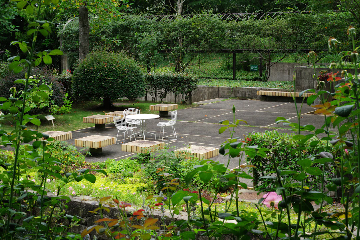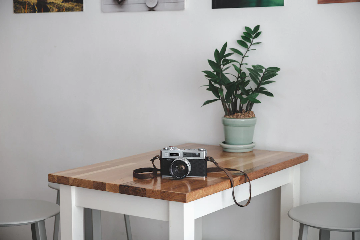As someone who loves both sustainability and clever design, I never tire of discovering fresh ways to brighten up outdoor and indoor environments. If your home or patio is begging for a pick-me-up, few projects are as rewarding—or transformative—as DIY planters. Whether you're courting an urban jungle vibe or keeping things clean and modern, there's a planter project out there with your name on it.
Let’s start with scale. Sometimes, a sprawling patio can make even your favorite pots look lost—and present unexpected tripping hazards! Grouping planters thoughtfully does more than fill space; it creates visual zones and adds intentionality to your layout. Take cues from Alexandra Hedin’s monochromatic cedar planter approach: choosing a unified color palette (think deep greens from bay laurel, boxwood, and hebe) and mixing textures grants cohesion and sophistication. Plus, a frost-proof gardenia ensures year-round vibrancy in the Pacific Northwest climate.
For a beautiful herb feature inside or outside, consider a DIY wall herb planter that doubles as practical storage and living art. Using basic lumber and food-safe finishes, you can craft a vertical display for thyme, rosemary, parsley, or lavender. Not only do these planters save precious counter space, but they also keep your favorite kitchen flavors an arm’s reach away—and trust me, there’s something deeply satisfying about constructing these yourself.
Remember, the magic of DIY goes beyond saving a few dollars. It’s about creativity, customization, and the pride of building something lasting. Even when your results veer off course from your original plan, what you create is truly your own—no assembly required!
Unique Planter Finishes
For those itching to add a little shine or personality, gold foil marbling on terracotta pots is pure magic. Dab on adhesive in random patterns, press gold leaf sheets onto the tacky spots, and voila—a custom, marbled look that reflects the Seattle sun (on the days we get it) and brightens your home all year long. No painting experience required, and imperfections are what make every planter unique.
Not only does this method embrace creative freedom, but it’s also a perfect way to upcycle old pots or thrift store finds. Pair a collection of these gold-flecked containers with succulents or cacti for a glam take on low-maintenance gardening. Just remember to finish with a clear varnish to seal your masterpiece!
Let’s not overlook sustainability—DIY planters offer a golden opportunity for repurposing materials. Salvage wood from a previous project, or breathe new life into worn terracotta. Each reused item reduces waste while adding meaningful character to your garden or windowsill.
Choosing Plants and Placement
Concerned about plant selection? Here’s a handy cheat sheet for Seattle’s climate and some modern planter inspiration:
| Planter Type | Best Plants | Best Location |
|---|---|---|
| Cedar Container | Gardenia, Boxwood, Hebe, Bay Laurel | Outdoor patios, edges of lawns |
| Wall Herb Planter | Thyme, Rosemary, Parsley, Lavender | Kitchen walls, sunny balconies |
| Gold-Foil Terracotta | Cactus, Succulents | Bright window sills, coffee tables |
Grouping your pots near patio edges or entryways subtly divides spaces and offers visual clues for foot traffic (so long, trip hazards). Vertical planters transform blank walls into edible art installations, and a cluster of marbled gold pots elevates even the smallest shelf.
Embrace the DIY Spirit
As you dive into your own planter adventure, remember: design is personal, mistakes can be beautiful, and every plant you nurture is a win for both you and the environment. Whether you opt for the clean lines of cedar, the function-forward herb wall, or glitzy upcycled terracotta, you’re making your living environment more vibrant, unique, and undeniably yours. Happy planting!
References:
[1] Swansons Nursery, Modern, Monochromatic Patio Planters With Alexandra Hedin
[2] Dunn DIY, How To Make A Herb Wall Planter
[3] Gold Standard Workshop, DIY Marbled Gold Foil Planters
Read More

Camila Ward
Author
Raised in a bustling suburb of Atlanta, Camila Ward grew up fascinated by machinery and how things work. She attended Georgia Tech and became a mechanical engineer, quickly making a name for herself through innovative eco-friendly design projects.
After a decade in R&D for a major tech firm, Camila took a leap and opened her own consultancy. She now specializes in sustainable solutions for urban environments, balancing her technical expertise with a commitment to social responsibility.


